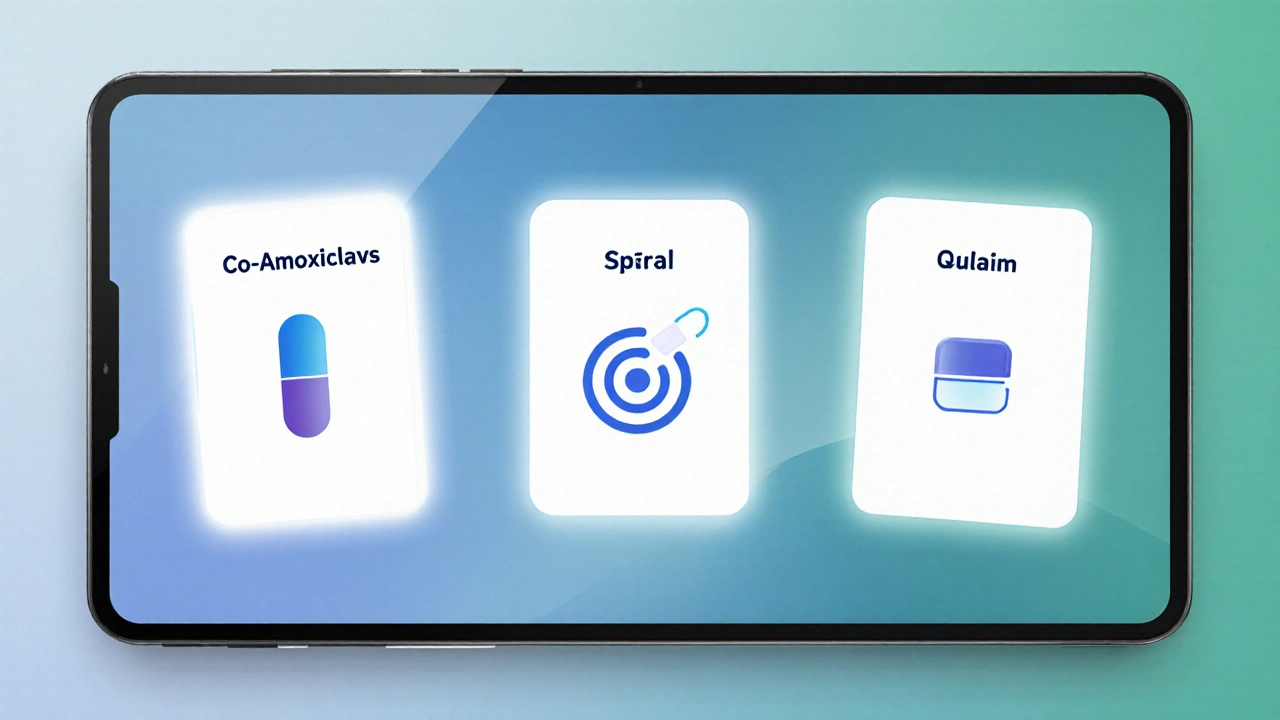A concise look at Azee DT (azithromycin) versus common alternatives, covering benefits, risks, dosing, cost, and when each drug is the best choice.
Antibiotic Alternatives: How to Treat Infections Without Reaching for a Pill
If you’re tired of hearing that every cough or cut needs an antibiotic, you’re not alone. Overuse of antibiotics fuels resistance, makes side‑effects more common, and can wreck gut health. The good news? There are real, evidence‑based ways to tackle many infections without a prescription drug.
First, figure out what you’re dealing with. Bacterial infections (like strep throat or a urinary tract infection) usually need a drug, but viral bugs (the common cold, most sore throats) won’t respond to antibiotics at all. Knowing the cause helps you avoid unnecessary meds.
Probiotics and Foods That Keep Bad Bugs in Check
Healthy gut bacteria act like a security guard. When the guard is strong, invading pathogens have a harder time taking over. Eating fermented foods—yogurt, kefir, sauerkraut, kimchi—introduces friendly strains right away. For a more targeted boost, a daily probiotic capsule containing Lactobacillus rhamnosus or Bifidobacterium longum can shorten the duration of diarrhea and reduce the risk of recurring infections.
Don’t forget the prebiotic side. Fiber‑rich foods such as bananas, onions, garlic, and whole grains feed those good microbes, helping them multiply and outcompete the bad guys.
Phage Therapy: The Bacterial Virus That Knocks Out Pathogens
Phages are viruses that eat bacteria. They’re being used in Eastern Europe for decades and are now gaining traction in the U.S. for stubborn skin infections, chronic wounds, and even some gut infections. While still a specialty treatment, a phage‑based cream or oral cocktail can be an option when antibiotics fail or cause severe side‑effects.
If you think phage therapy might help, look for a licensed compounding pharmacy or a clinical trial. Talking to an infectious‑disease specialist is the fastest way to see if it’s appropriate for your case.
Besides probiotics and phages, several herbs have antimicrobial punch.
Herbal Antimicrobials You Can Use Right Now
Garlic – Allicin, the compound released when you crush a clove, fights a broad range of bacteria and even some fungi. Adding two crushed cloves to soups or taking a garlic supplement daily can boost your immune defenses.
Echinacea – Best for early‑stage colds, it can reduce symptom length by about a day. A standard dose is 300 mg three times a day for the first three days of illness.
Goldenseal – Contains berberine, which is active against Staphylococcus and Candida. Use a tincture (¼ ml) three times a day for skin or oral infections, but avoid long‑term use because it can affect liver enzymes.
These herbs are not miracle cures, but they can give your immune system an extra edge, especially when you pair them with good rest and hydration.
And don’t forget lifestyle basics: sleep 7‑9 hours, stay hydrated, and manage stress. Chronic stress weakens immunity, making you more prone to infections that might otherwise resolve on their own.
When you feel a sore throat or a minor skin scrape, ask yourself: Do I really need an antibiotic, or can I support my body with one of these alternatives? Trying a probiotic, a bit of garlic, or a phage product (if available) can spare you from side‑effects and help keep antibiotic resistance in check.
Remember, always check with a healthcare professional before swapping a prescribed antibiotic for an alternative, especially for serious infections. Using the right tool at the right time is the smartest way to stay healthy and keep antibiotics effective for the future.
A concise guide comparing Co‑Amoxiclav with other antibiotics, covering spectrum, resistance, side effects, dosing, cost, and when to choose each option.
Compare Ceclor CD (Cefaclor) with other antibiotics. Learn strengths, side effects, dosage, cost and best use cases for each option.



